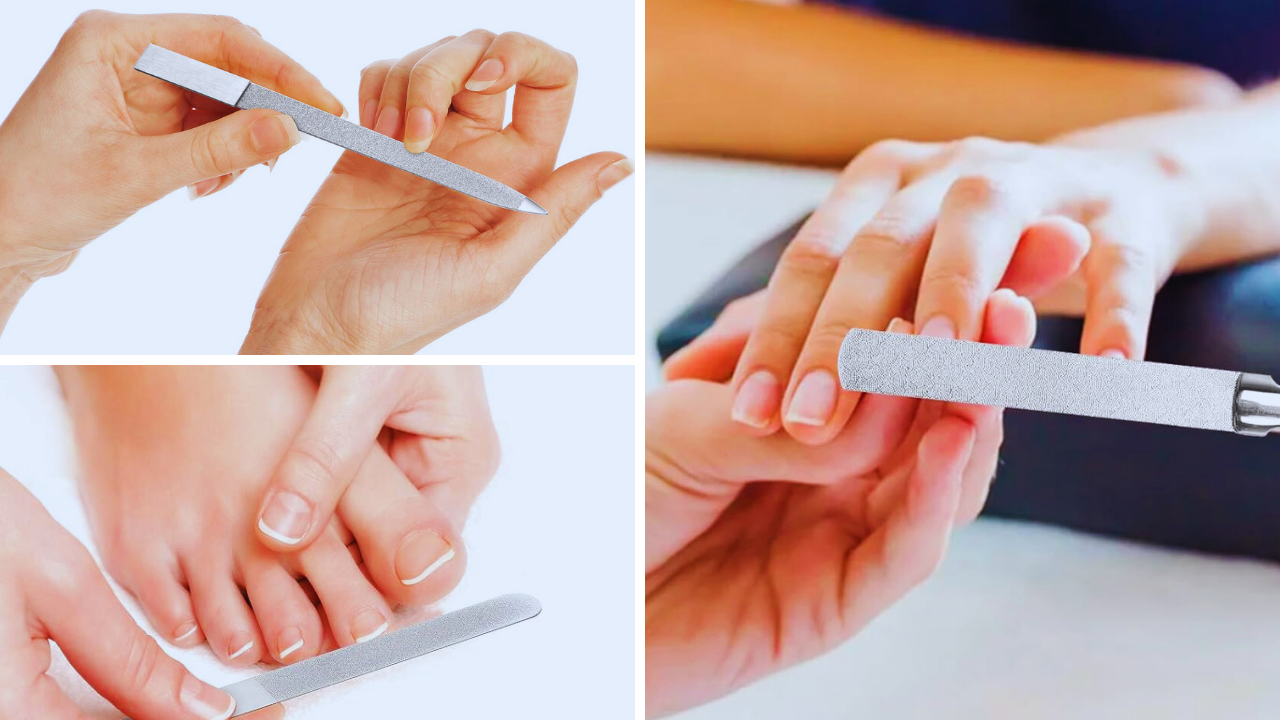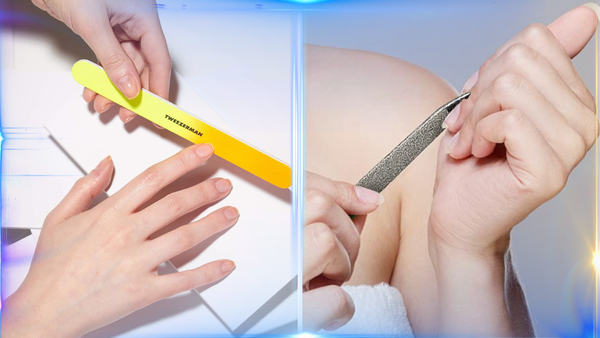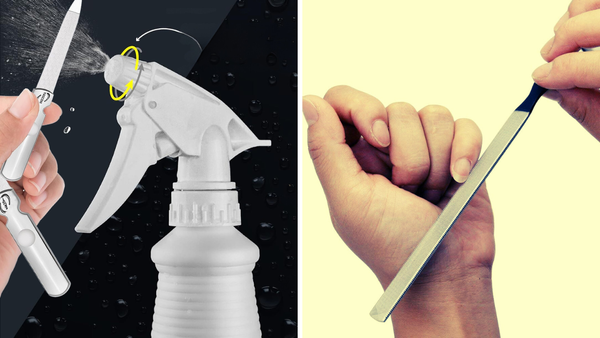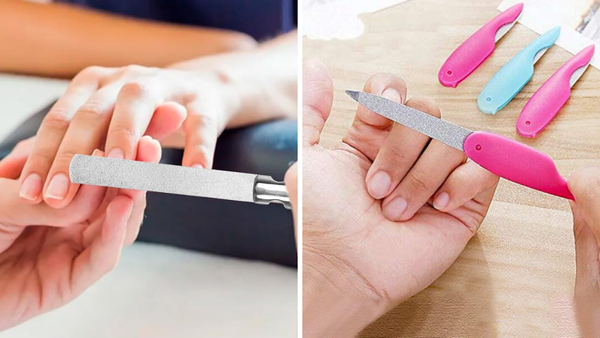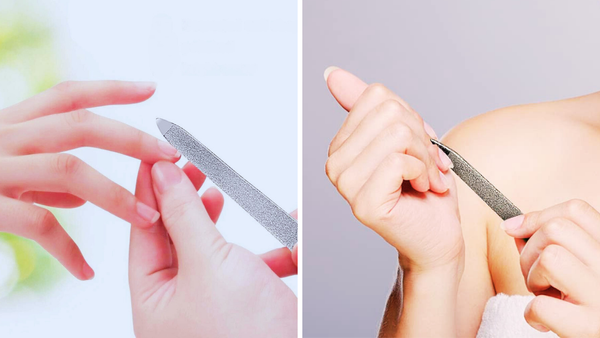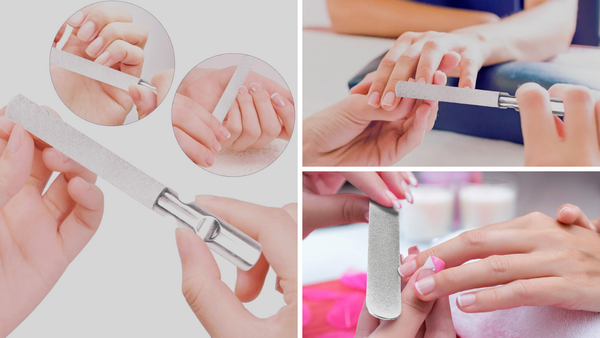Key Takeaways:
- Metal nail files are durable and effective for shaping nails but require careful handling to avoid damage to the nail plate.
- They are suitable for artificial nails but may be too harsh for natural nails if used improperly.
- Regular cleaning and proper usage are crucial to ensure safety and maintain nail health.
Nail care is an essential part of grooming, and choosing the right tools can significantly improve the health and appearance of your nails. Among the various options available, metal nail files have been a staple in many beauty kits. However, the question remains: Are metal nail files safe?
Understanding Metal Nail Files
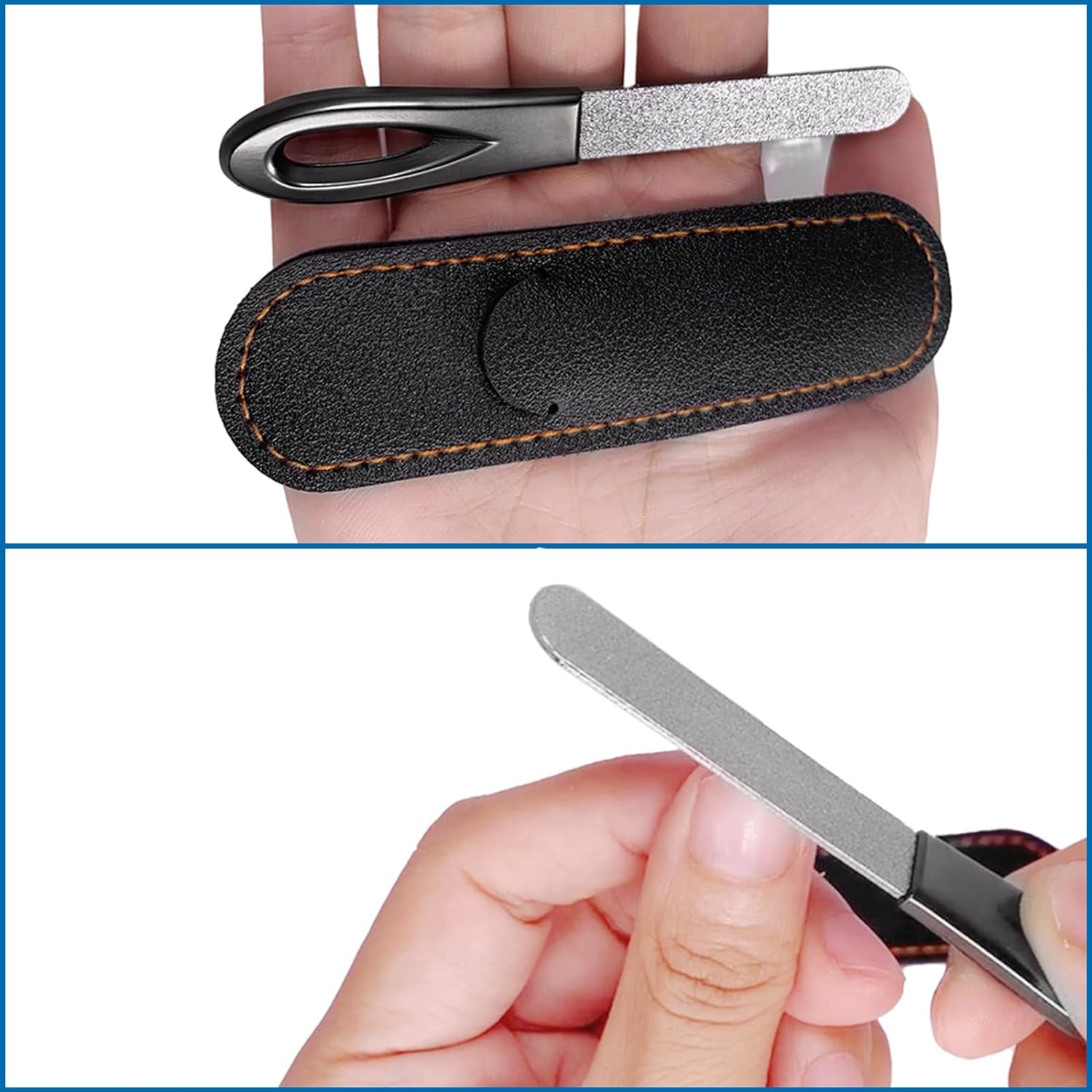
Metal nail files are crafted from thin steel and are known for their durability and strength. These tools are designed to shape nails by filing them into the desired form. The abrasive surface of metal files helps effectively remove rough edges. However, their rigid structure and coarse grit can pose risks if used incorrectly.
When using a metal nail file, it's crucial to file in one direction rather than a back-and-forth sawing motion. This technique helps prevent the nail plate from splitting and peeling. Metal files are particularly effective on artificial nails, which require a sturdier tool for shaping due to their thicker composition.
Safety Concerns with Metal Nail Files
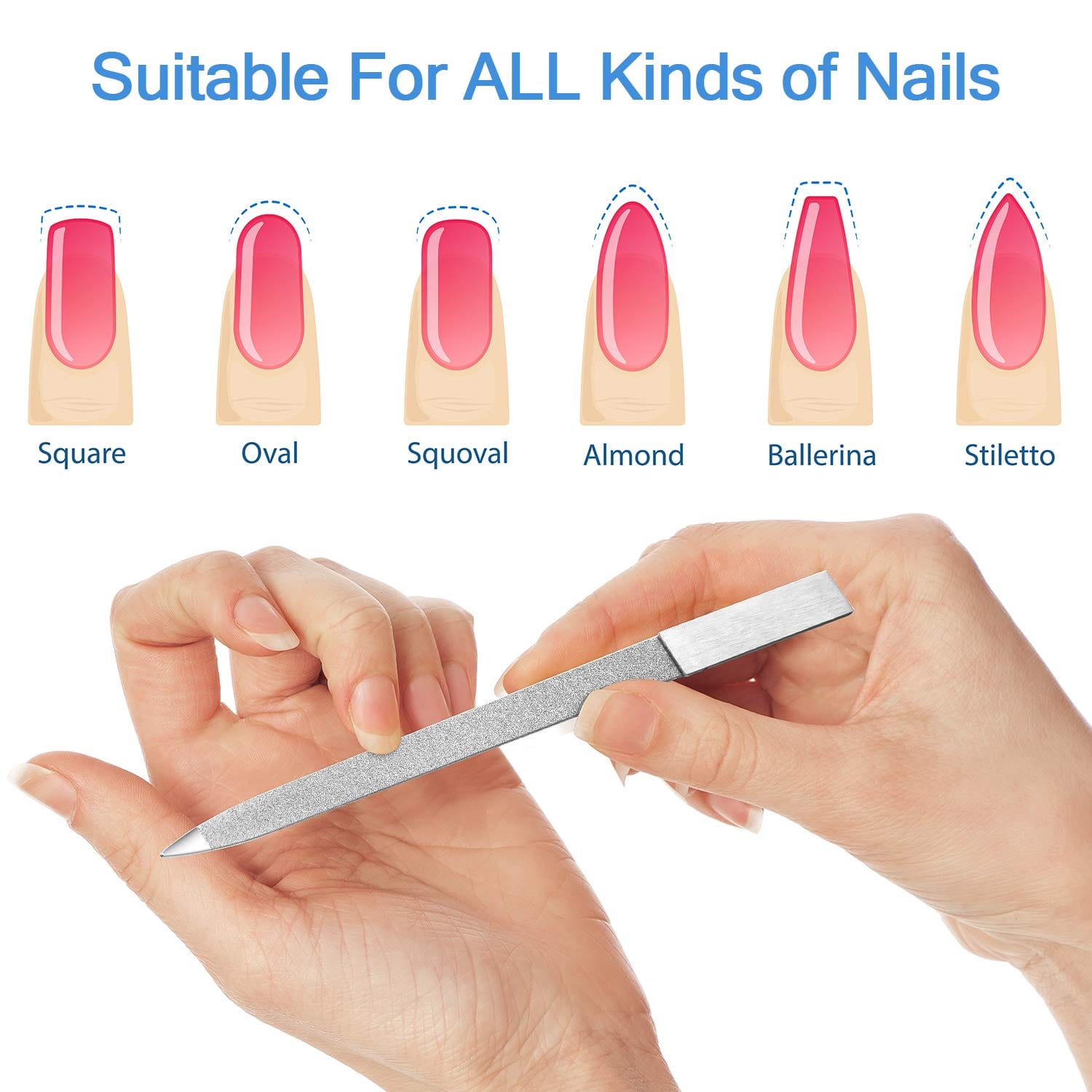
The primary concern with metal nail files revolves around their abrasive nature. If used too vigorously or incorrectly, they can cause tiny cracks and splits on the nail plate, leading to further damage or infections. For natural nails, which are generally more delicate, it's advisable to opt for a file with a finer grit.
Another issue is the metal's non-porous nature, which means it does not absorb moisture or harbor bacteria easily. However, any debris or bacteria on the surface can be transferred back to the nails if the file is not cleaned properly. Regular sanitization with rubbing alcohol can prevent this issue and extend the life of the file.
The Evolution of Nail Files: From Metal to Glass
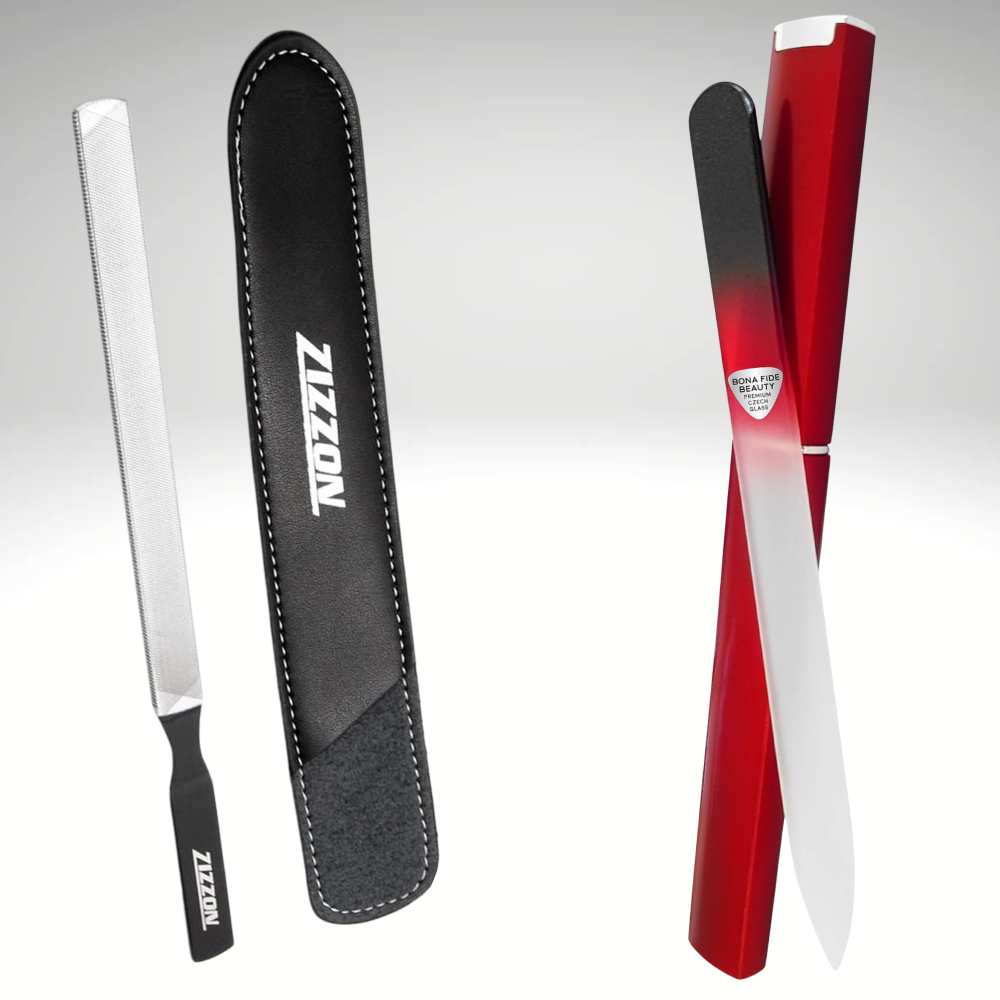
When pondering whether metal nail files are safe, it's enlightening to trace the evolution of nail files. Initially, metal files, crafted from thin steel, were the go-to tools for shaping nails. However, their abrasive nature often led to rough edges and split nails, prompting the need for gentler alternatives. Enter glass nail files, a game-changer in nail care. Made from tempered glass, these files offer a finer grit for smoother filing, reducing damage to the nail plate and promoting healthier nail growth.
The shift from metal to glass nail files underscores a broader trend in nail care towards effective and gentle materials. Glass files, being non-porous, do not harbor bacteria or debris, making them a hygienic option compared to their metal counterparts. Moreover, the superfine surface of glass files seals the keratin layers at the edge of the nails, preventing peeling and chipping. This transition reflects advancements in manufacturing processes and a growing awareness of the importance of maintaining the integrity of natural nails.
Choosing the Right Nail File for Your Nail Type
Selecting the right nail file is crucial for maintaining healthy nails and achieving the desired shape and smoothness. With their different grits, metal nail files are suitable for quickly reducing nail length and reshaping artificial nails. However, finer grit files such as crystal or glass nail files are preferable for natural nails, which are more prone to damage. These files allow for precise control, minimizing the risk of over-filing and protecting the nail bed and free edge.
Understanding the specific needs of your nail type can guide you in choosing the most suitable nail file. For instance, if you have thin, brittle nails, a superfine file, and a gentle back-and-forth motion can prevent splitting. Conversely, thicker, artificial nails might require a more robust metal file to shape them effectively. Always remember to file in one direction to avoid creating micro-tears in the nail, which can lead to further damage. This tailored approach ensures that each stroke contributes positively to your nail's health and appearance.
Alternatives to Metal Nail Files

For those with natural nails or who prefer a gentler option, glass or crystal nail files offer a suitable alternative. These nail files provide a superfine abrasive material that smooths the nail edge without causing too much stress on the nail. Glass nail files are also non-porous, making them easy to clean and hygienic for repeated use.
Emery boards are another popular choice, especially for their gentle filing capabilities. Made from cardboard with a specific grit on the surface, emery boards are ideal for natural nails. They come in different grits, allowing for nail type and preference customization.
Best Practices for Using Metal Nail Files
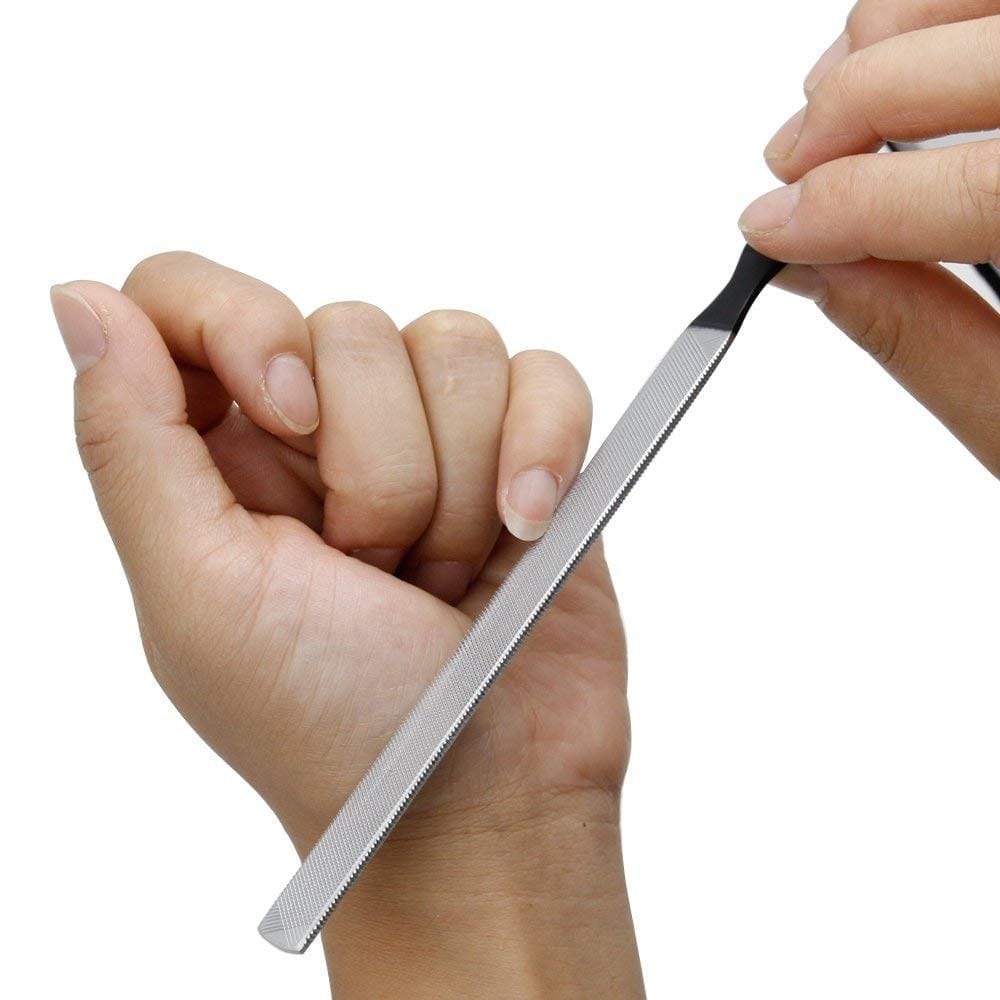
To ensure safety while using metal nail files, it's important to follow some best practices. Always file gently, using minimal pressure, and avoid the sawing motion. This helps maintain the integrity of the nail edge and prevents damage. Additionally, cleaning the file after each use will help keep it in good condition and prevent spreading any potential infections.
Choosing the right nail file for your nail type is crucial. Metal files can be an excellent choice for artificial nails due to their strength and precision. However, consider using a glass nail file or an emery board with finer grit for natural nails to avoid unnecessary abrasion.
Summary
Metal nail files are a common tool in nail care that, when used correctly, can safely shape and smooth the nails. They are particularly suitable for artificial nails but can be too harsh for natural nails if not handled with care. Regular cleaning and mindful filing can help mitigate any risks associated with metal nail files, ensuring healthy and well-maintained nails.
FAQ
Can metal nail files be used on natural and artificial nails?
Yes, metal nail files can be used on both, but due to their durability and coarse grit, they are generally better suited for artificial nails. A gentler filing tool, like a glass nail file, is recommended for natural nails.
How often should I clean my metal nail file?
It's best to clean it after each use. Wiping it down with rubbing alcohol will remove debris and prevent bacteria transfer.
Are there any specific techniques for filing nails safely with a metal nail file?
Yes, always file in one direction rather than using a back-and-forth sawing motion. This helps prevent damage to the nail plate and keeps your nails healthy.
